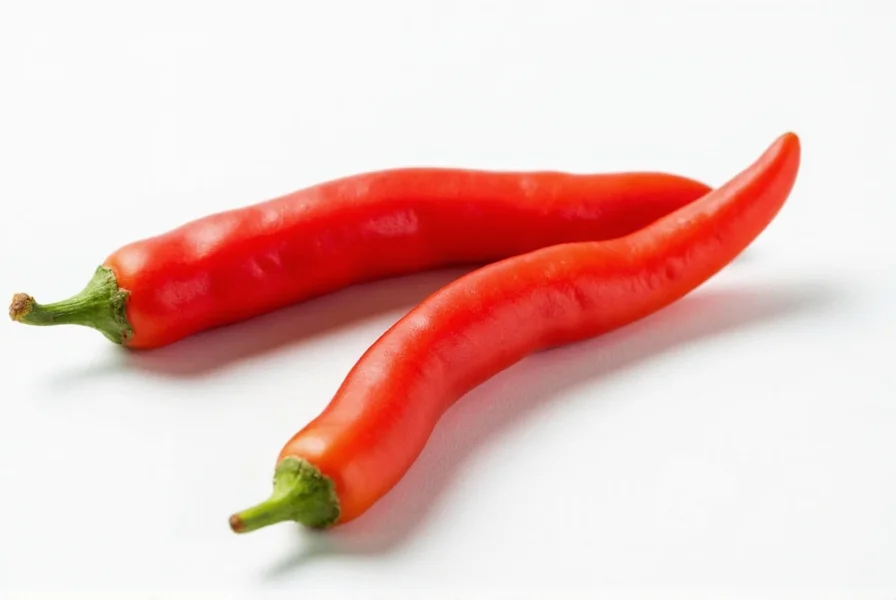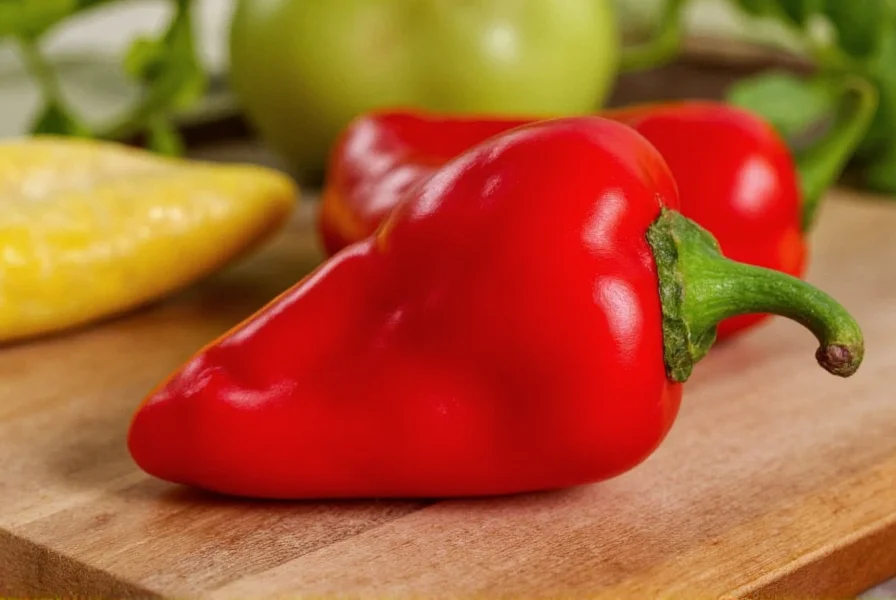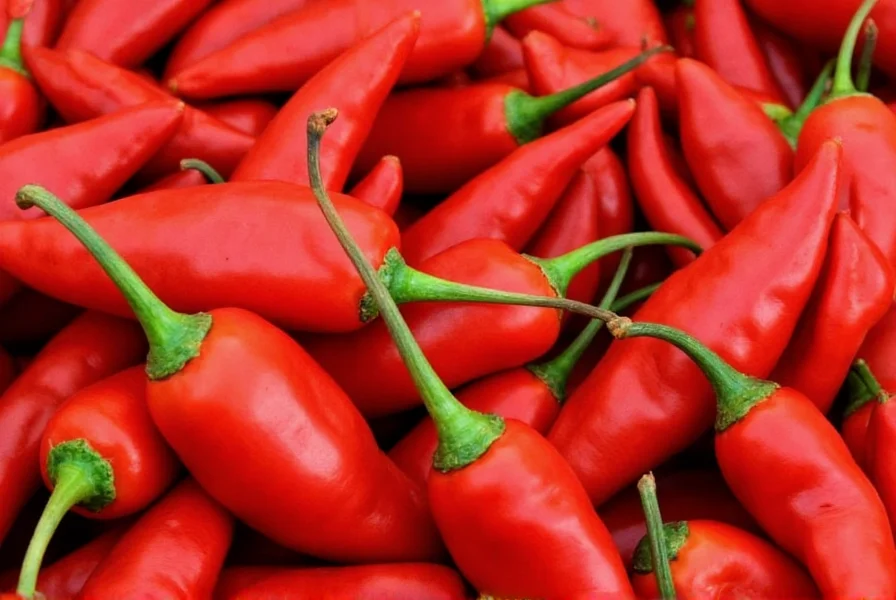When people ask is cayenne pepper a type of chili, they're usually trying to understand the relationship between these fiery spices. Cayenne pepper originates from specific cultivars of chili peppers that are slender, tapered, and typically measure 30,000-50,000 Scoville Heat Units (SHU). Unlike bell peppers which contain zero capsaicin, cayenne peppers deliver significant heat due to their capsaicin content.
Understanding Cayenne's Botanical Classification
Cayenne pepper belongs to the Solanaceae family, commonly known as the nightshade family. Within this family, it falls under the genus Capsicum and species annuum. This classification places it alongside other popular chili varieties including:
- Jalapeños
- Serranos
- Poblano peppers
- Bell peppers (though these lack capsaicin)
What distinguishes cayenne from other Capsicum annuum varieties is its specific heat level, shape, and typical usage. Fresh cayenne peppers are long, skinny, and ripen from green to vibrant red. When dried and ground, they become the cayenne powder commonly found in spice racks worldwide.
Cayenne Pepper vs Other Chili Peppers: Key Differences
While all cayenne peppers are chili peppers, not all chili peppers are cayenne. The primary differences lie in heat intensity, appearance, and culinary applications. Understanding what makes cayenne a chili pepper requires examining these distinguishing characteristics.
| Pepper Type | Scoville Heat Units | Appearance | Common Uses |
|---|---|---|---|
| Cayenne | 30,000-50,000 | Long, thin, red when mature | Spice blends, hot sauces, medicinal supplements |
| Jalapeño | 2,500-8,000 | Short, stout, green to red | Salsas, nachos, poppers |
| Habanero | 100,000-350,000 | Small, lantern-shaped, orange/red | Extreme hot sauces, Caribbean cuisine |
| Bell Pepper | 0 | Bulbous, various colors | Salads, stuffed peppers, stir-fries |
The Science Behind Cayenne's Heat
The burning sensation from cayenne comes from capsaicin, the active component in chili peppers. When discussing cayenne pepper classification, it's important to understand that capsaicin concentration determines heat level. Cayenne contains enough capsaicin to register significantly on the Scoville scale but remains accessible for most heat-tolerant consumers.
Interestingly, the heat distribution in cayenne peppers follows the same pattern as other chilies—the highest concentration of capsaicin appears in the white pith surrounding the seeds, not in the seeds themselves as commonly believed. This explains why removing the seeds and membranes reduces heat intensity.

Common Misconceptions About Cayenne Pepper
Several misunderstandings persist about cayenne pepper vs red pepper flakes. While both provide heat, they're not identical:
- Cayenne pepper typically refers to a specific type of ground chili with consistent heat level
- Red pepper flakes usually contain a mixture of different dried chilies, creating variable heat
Another frequent question concerns whether cayenne is the same as chili powder. While both are ground spices, traditional chili powder often contains additional ingredients like cumin, garlic powder, and oregano, making it a seasoning blend rather than pure ground chili.
Culinary and Medicinal Applications
Chefs value cayenne for its clean, straightforward heat that enhances rather than overwhelms dishes. Unlike some complex chili varieties, cayenne delivers consistent heat without competing flavor notes, making it ideal for:
- Adding heat to soups and stews without altering flavor profile
- Creating consistent heat in commercial food products
- Developing tolerance to capsaicin in culinary training
Medicinally, cayenne's capsaicin has been studied for potential benefits including pain relief, improved circulation, and metabolic support. However, these applications should be approached with appropriate medical guidance.

Practical Usage Tips
When working with cayenne, remember these practical considerations:
- Start with small amounts—you can always add more heat but cannot remove it
- Wear gloves when handling fresh cayenne peppers to avoid skin irritation
- Store dried cayenne in an airtight container away from light to preserve potency
- Understand that cayenne pepper heat level compared to other chilies makes it significantly hotter than paprika but milder than habaneros
Conclusion
The question is cayenne pepper a type of chili has a definitive answer: yes, cayenne is absolutely a specific variety of chili pepper within the Capsicum annuum species. Its distinctive heat level, appearance, and culinary properties make it a valuable component in kitchens worldwide. Understanding the difference between cayenne and chili peppers ultimately comes down to recognizing that cayenne represents a specific expression of chili pepper characteristics rather than a separate category.











 浙公网安备
33010002000092号
浙公网安备
33010002000092号 浙B2-20120091-4
浙B2-20120091-4